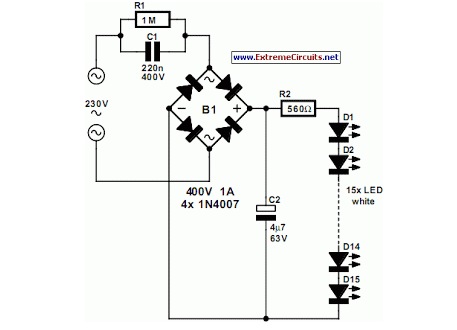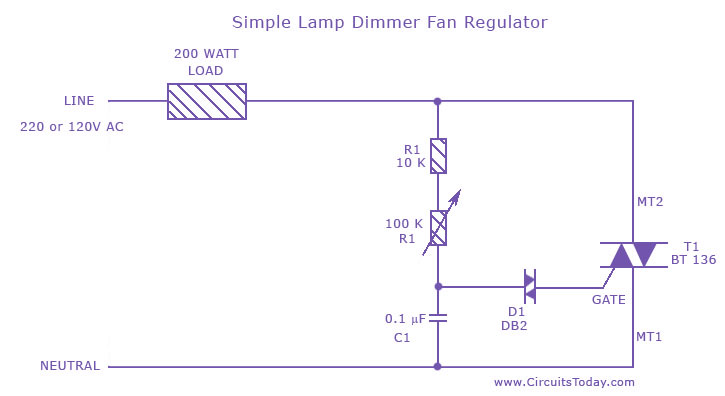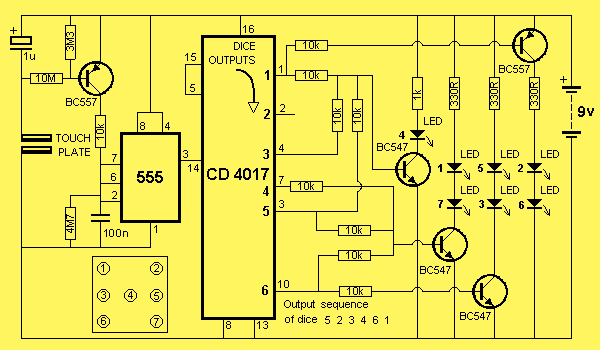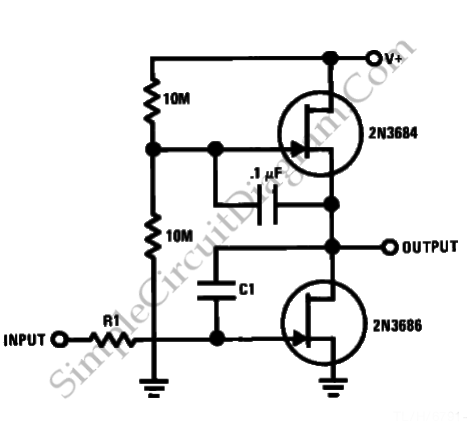
Mains Powered White LED Lamp

An array of white LEDs can serve as an effective small lamp for the living room. LED lamps are commercially available.
LED arrays are increasingly popular for providing ambient lighting in residential spaces. The use of white LEDs in a lamp design offers several advantages, including energy efficiency, longevity, and reduced heat generation compared to traditional incandescent bulbs.
To create a small lamp using an array of white LEDs, the following components are typically required: a power source (such as a DC power supply or batteries), a resistor to limit current through the LEDs, and a circuit board for mounting the components. The LEDs should be arranged in a series or parallel configuration, depending on the desired voltage and current specifications.
For instance, if using a 12V power supply, several LEDs can be connected in series with appropriate resistors to ensure that they operate within their rated current, typically around 20 mA. The resistor value can be calculated using Ohm's law, taking into account the forward voltage drop of the LEDs and the supply voltage.
In addition to the basic circuitry, a housing for the lamp should be designed to accommodate the LED array while providing adequate heat dissipation. Materials such as aluminum or plastic can be used for the lamp body, while a diffuser may be added to soften the light output and improve aesthetics.
Overall, the design of an LED lamp not only enhances the functionality of lighting in a living room but also contributes to energy savings and environmental sustainability.Did it ever occur to you that an array of white LEDs can be used as a small lamp for the living room? If not, read on. LED lamps are available ready-made,.. 🔗 External reference
LED arrays are increasingly popular for providing ambient lighting in residential spaces. The use of white LEDs in a lamp design offers several advantages, including energy efficiency, longevity, and reduced heat generation compared to traditional incandescent bulbs.
To create a small lamp using an array of white LEDs, the following components are typically required: a power source (such as a DC power supply or batteries), a resistor to limit current through the LEDs, and a circuit board for mounting the components. The LEDs should be arranged in a series or parallel configuration, depending on the desired voltage and current specifications.
For instance, if using a 12V power supply, several LEDs can be connected in series with appropriate resistors to ensure that they operate within their rated current, typically around 20 mA. The resistor value can be calculated using Ohm's law, taking into account the forward voltage drop of the LEDs and the supply voltage.
In addition to the basic circuitry, a housing for the lamp should be designed to accommodate the LED array while providing adequate heat dissipation. Materials such as aluminum or plastic can be used for the lamp body, while a diffuser may be added to soften the light output and improve aesthetics.
Overall, the design of an LED lamp not only enhances the functionality of lighting in a living room but also contributes to energy savings and environmental sustainability.Did it ever occur to you that an array of white LEDs can be used as a small lamp for the living room? If not, read on. LED lamps are available ready-made,.. 🔗 External reference





